trucker girl
Cupcake, Queen of Dorks
- Messages
- 2,300
- Reaction score
- 1
- # of dives
- 100 - 199
The following is my trip report for the trip organized by Ber Rabbit. The report is totally subjective and based on my experiences at the dive sites. Other divers saw and did different things and had different dive profiles.
All of my information regarding the historical details of these wrecks come from the boat’s dive master from G&S Watersports, Tracy, and the books I borrowed from Ber Rabbit that were written by Cris Kohl, The Great Lakes Diving Guide, Dive Ontario!, and Dive Ontario, Too!
More Tobermory Information
and even more Tobermory Information!
All of my dive log statistics come from my own log as recorded by my computer- dive times don’t represent bottom times, but, rather, total time surface to surface.
Ready? Set? Go!
(please forgive typos and mistakes... okay?)
All of my information regarding the historical details of these wrecks come from the boat’s dive master from G&S Watersports, Tracy, and the books I borrowed from Ber Rabbit that were written by Cris Kohl, The Great Lakes Diving Guide, Dive Ontario!, and Dive Ontario, Too!
More Tobermory Information
and even more Tobermory Information!
All of my dive log statistics come from my own log as recorded by my computer- dive times don’t represent bottom times, but, rather, total time surface to surface.
Ready? Set? Go!
(please forgive typos and mistakes... okay?)




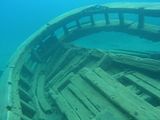

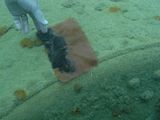
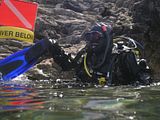
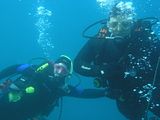

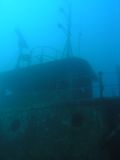

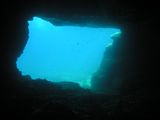
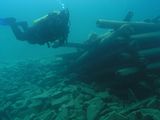
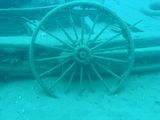
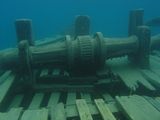
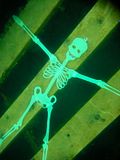
 who met for logs...).
who met for logs...).